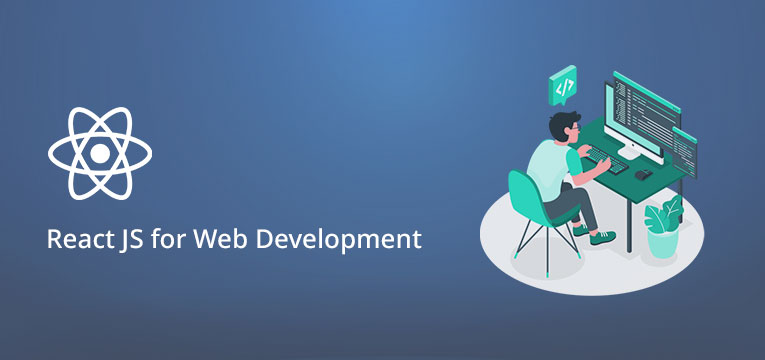AppliMarkets: Your Go-To Resource for App Insights
Explore the latest trends, reviews, and tips in mobile applications.
React Roulette: Spinning the Wheel of Component Development
Discover the thrill of React Roulette! Spin the wheel to unlock innovative component development tips and tricks that elevate your coding game!
Understanding React Roulette: A Beginner's Guide to Component Development
React Roulette is an engaging way to learn about component development in the React ecosystem. As a beginner, understanding the fundamental principles of React can be challenging, but utilizing tools like React Roulette can make this journey more interactive and enjoyable. By incorporating randomized challenges and exercises that focus on creating various components, learners can gain hands-on experience and solidify their understanding of key concepts such as state, props, and lifecycle methods. Whether you are building simple functional components or more complex class components, these exercises provide invaluable practice that enhances your skills and confidence.
To get started with React Roulette, begin by familiarizing yourself with the core concepts of React. This includes understanding how to structure your components, manage state, and handle events. Additionally, you will want to explore the Component Lifecycle, which outlines the stages a React component goes through from creation to destruction. As you engage with the challenges presented by React Roulette, keep these concepts in mind, as they will guide you in developing efficient and reusable components. Remember, practice makes perfect, so don’t hesitate to experiment and iterate on your designs as you grow more comfortable with React component development.

How to Create Dynamic Components with React Roulette
Creating dynamic components with React Roulette can significantly enhance both the user experience and the functionality of your application. To begin, ensure you have your React environment set up, including all necessary dependencies. Once you've done that, you can start by defining your component structure. A suitable way to begin is by utilizing functional components and hooks, particularly the useState and useEffect hooks, which allow for state management and side effects in your component.
Next, you can implement the logic for your dynamic components. For instance, consider creating a roulette wheel that displays a set of options. Start by generating an array of items that the wheel can display. You might also want to include a randomization function to determine the displayed item when the wheel is spun. Here's a quick example of how to manage this:
- Define your items array.
- Use
Math.random()to select a random item. - Update your component state with the selected item when an event (such as a button click) occurs.
What Makes React Roulette a Game-Changer for Frontend Development?
React Roulette is revolutionizing frontend development by introducing a game-like experience that enhances user engagement and interactivity. This innovative tool allows developers to create dynamic applications effortlessly, using the power of React components. The ability to randomly select options or features simulates a game environment that captivates users, encouraging them to interact more with the application. With its lightweight structure and flexible design, React Roulette makes it easy to implement complex logic without compromising performance.
Another significant aspect of React Roulette is its capability to streamline the development process. Developers can leverage this tool to quickly prototype features and iterate on design, substantially reducing the time spent on application updates. This fast-paced environment fosters creativity, allowing developers to explore new ideas without the typical constraints of standard development processes. Ultimately, this game-changing approach not only enhances user experience but also empowers developers to produce high-quality applications efficiently.